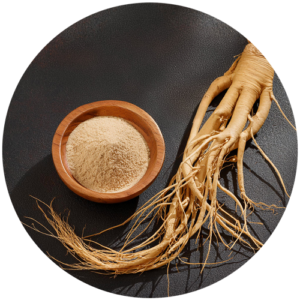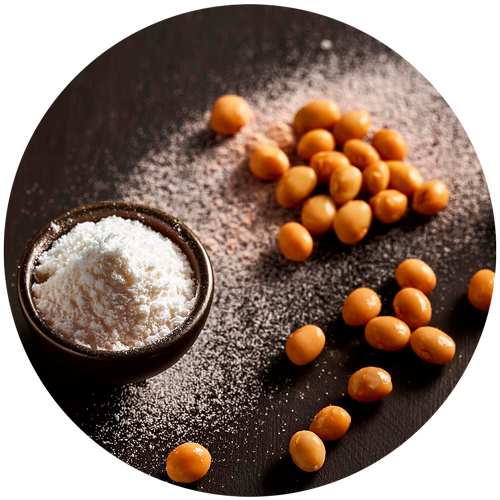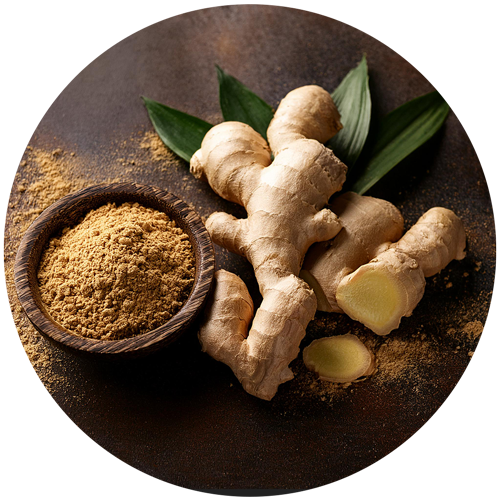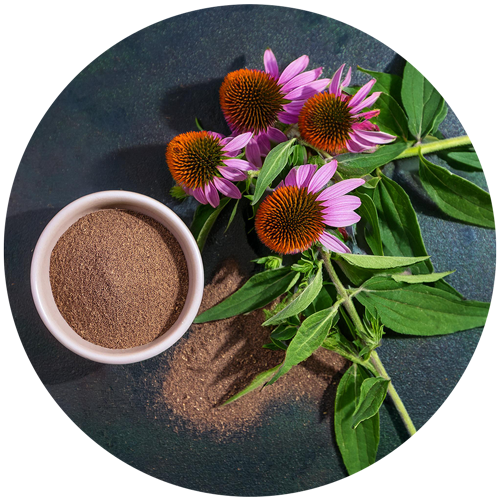

GINSENG
Panax ginseng C.A. Meyer Toning
Toning  Sexual health
Sexual health  Immune system
Immune system  Blood glucose
Blood glucose  Sports performance
Sports performance  Cognitive function
Cognitive function  Antioxidant
Antioxidant  Anti-stress
Anti-stress Ginseng root is native to East Asia, notably China and Korea. It is renowned for its properties in reducing stress, improving energy, boosting the immune system and promoting mental concentration.
Our references
Regulations
and analysis
Identification: TLC or HPLC Traditional use data (root)
Cahier de l’agence du médicament :
- Temporary fatigue
EMA monograph :
- Relieve symptoms of asthenia such as fatigue and weakness
Canadian monograph :
- Blood glucose control
- Helps maintain cognitive function and/or reduce mental fatigue (in cases of mental tension)
- Helps increase physical capacity/performance (in cases of physical stress)
German monograph :
- Tonic to invigorate and fortify the body in times of fatigue and asthenia, or reduced capacity for work and concentration.
Association ideas by health axis
Select one or more axes:

Detailed description
The name of the Panax genus is a compound of the Greek words pan and axos. Pan means “all” and axos means “to treat”. A member of the Araliaceae family, ginseng is a perennial plant with compound leaves and a fleshy root harvested between 4 and 6 years of age.
Native to East Asia, ginseng has been cultivated and harvested for over 5,000 years. Historically, it has played an important role in traditional Chinese medicine.
Ginseng is consumed in the form of tea, powders, capsules or directly by chewing the root. Ginseng’s health properties are varied and well-documented. It is recognized for its adaptogenic effects, helping the body to manage stress and improve physical and mental resilience. It is also renowned for its ability to improve energy and vitality, making it a popular general tonic.













